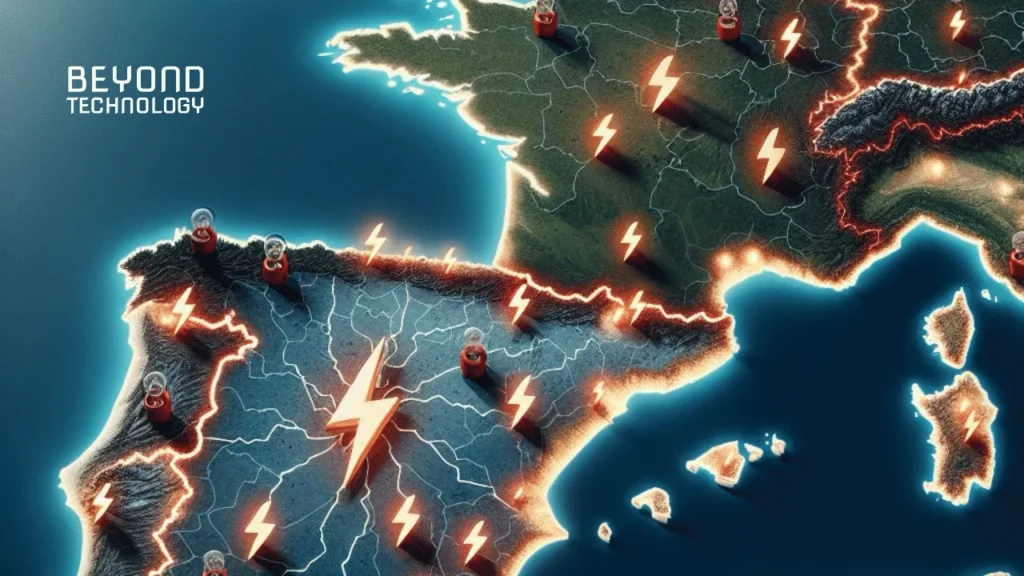On April 28, 2025, a large portion of Spain, Portugal and France experienced an unexpected power outage that impacted millions of citizens and brought operations in multiple economic sectors to a halt. Companies of all sizes were suddenly faced with a critical choice: continue operating under adverse conditions or accept losses due to downtime. This event not only exposed the fragility of some technological infrastructures but also underscored the importance of having a well-defined business continuity strategy supported by modern technology.

Business continuity in the face of electrical outages: lessons from Spain’s experience
When business operations rely entirely on digital resources, even a few hours without electricity can lead to disruptions that affect productivity, customer service, and decision-making. Many companies were forced to halt their activity simply because they lacked alternative solutions to stay connected to their data and critical platforms.
Business continuity should not be viewed as a plan to activate only in extreme cases; it must be an integral part of a proactive technological architecture, with scenarios planned and protocols clearly defined. In Spain, organizations already operating with cloud-based models or virtualized systems were far better equipped to respond than those still dependent on on-premise servers or local infrastructure.
The crucial role of virtualization in operational emergency scenarios
One of the key differentiators during the outage was the virtualization of work environments. Organizations that had migrated their critical systems to virtual machines hosted in distributed data centers were able to access their platforms, documents, and workflows regardless of their offices being physically disconnected.
This ability to securely access remote work environments not only reduces the impact of outages but also ensures that teams can remain operational from any location, including mobile devices or alternative connections. Virtualization eliminates direct dependence on physical equipment and enables much faster recovery in the event of a disruption.
How cloud services protect business data during a crisis
One of the most common mistakes among mid-sized companies is relying solely on physical backups or local storage. When a power interruption cuts off access to those systems, processes come to a halt, customer service deteriorates, and business opportunities are lost. Cloud services, on the other hand, ensure that data remains accessible from multiple locations and devices.
Cloud storage platforms, SaaS-based business management software, and automated backup solutions provide availability guarantees that local systems cannot match. Moreover, many of these tools come with built-in security and monitoring layers that allow organizations to respond proactively to potential threats or failures. During the outage in Spain, businesses with distributed digital infrastructure were able to maintain operations or, at the very least, keep their most critical services running through remote support.
Unlike local storage, cloud services offer redundancy, scalability, and permanent availability. Many Spanish companies protected their operations during the blackout because their data was backed up on cloud platforms, preventing the loss of sensitive information or prolonged system outages.
Beyond serving as a backup, the cloud operates as an active infrastructure that enables seamless continuation of operations. Access to collaboration tools, ERP systems, and CRM platforms hosted in the cloud was essential for some companies to continue delivering services despite challenging conditions.
Designing an operational resilience strategy for the future
Business continuity planning goes far beyond having a backup generator or performing routine data backups. It involves building an architecture that allows essential processes to remain active even under adverse conditions. This means assessing business vulnerabilities, identifying critical points, and establishing clear action protocols.
Cloud and virtualization are not just technical solutions—they represent a shift in mindset. They are foundational pillars of a resilience strategy that enables agile responses to any unexpected event. The April 28 outage made it clear: the risk is no longer hypothetical, and digital preparedness is what separates temporary disruption from irreversible loss.

